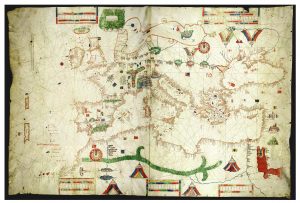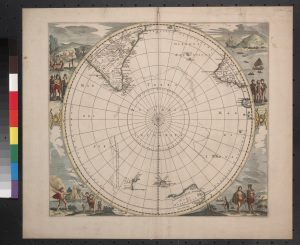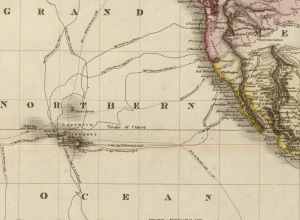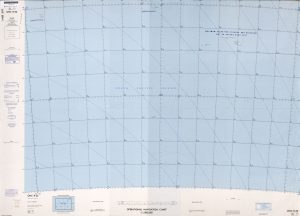- Year -325
- Year 512
- Year 714
- Year 1000
- Year 1325
- Year 1367
- Year 1400
- Year 1424
- Year 1424
- Year 1472
- Year 1508
- Year 1516
- Year 1528
- Year 1539
- Year 1558
- Year 1558
- Year 1569
- Year 1578
- Year 1578
- Year 1589
- Year 1670
- Year 1683
- Year 1687
- Year 1693
- Year 1700
- Year 1700
- Year 1744
- Year 1762
- Year 1774
- Year 1800
- Year 1808
- Year 1809
- Year 1821
- Year 1823
- Year 1825
- Year 1828
- Year 1840
- Year 1841
- Year 1842
- Year 1842
- Year 1843
- Year 1858
- Year 1860
- Year 1868
- Year 1878
- Year 1879
- Year 1884
- Year 1885
- Year 1886
- Year 1899
- Year 1900
- Year 1902
- Year 1903
- Year 1907
- Year 1961



